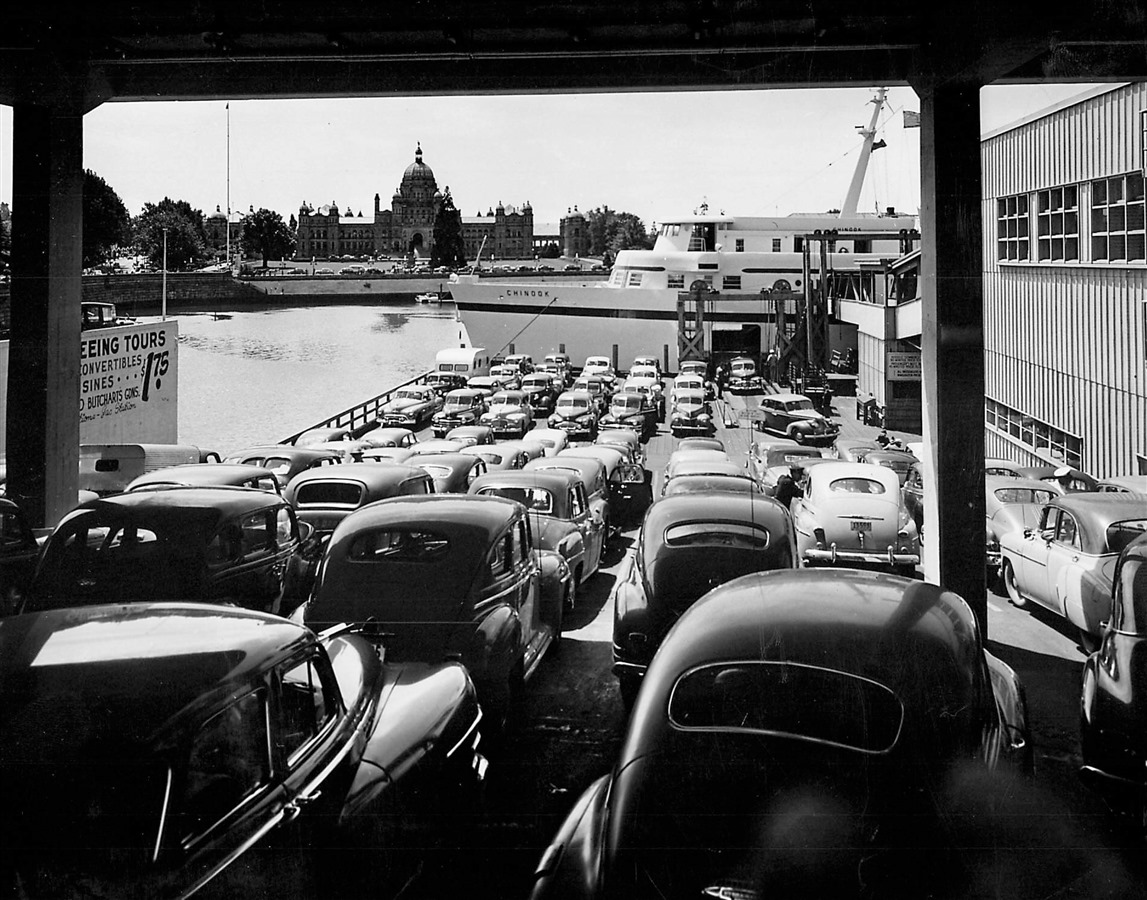Explore Greater.
Victoria is a true one-of-a-kind land on the Pacific coast. Sign up to have travel guides, upcoming events, travel tips, and more delivered to your inbox.
Long before Captain James Cook became the first non-aboriginal person to set foot on Vancouver Island in 1778, Victoria's rugged, pristine wilderness was home to First Nations people.
Many indigenous families lived on Southern Vancouver Island, each with distinct family group names. These peoples could be separated into three groups that spoke different dialects of the North Straits Salish, or Lekwungaynung language, and became known as the Songhees, the Saanich and the Sooke First Nations. Victoria retains deep ties to indigenous culture and is home to several First Nations groups.
In 1858, gold was discovered on the lower Fraser River, resulting in a population explosion in the fledgling settlement of British Columbia. In 1858, the estimated settler population in Victoria was roughly 500, but news of gold spread fast. In just two months, over 30,000 gold miners ventured to the Fraser Valley through Victoria. Before heading to the mainland, miners needed a mining license from Victoria. Many came from the United States, where they had participated in the California gold rush of 1848, while others came from across the continent and Europe.
The allure of gold attracted a diverse migrant population to the colonies of Vancouver Island and British Columbia. Miners and adventurers alike—from as near as California’s gold fields to as far as Australia—rushed to Victoria, which was the only ocean port and outfitting centre for the gold fields of the Caribou.
The gold rush was also a springboard for the arrival of several thousand Chinese migrant labourers, who continued to arrive throughout the late nineteenth century to work on projects like the Canadian Pacific Railway.

On July 21, 1871, British Columbia became the sixth province of the Dominion of Canada and Victoria was proclaimed the Capital City. With Confederation, the continued establishment of the British (later Canadian) naval and military headquarters on the Pacific Coast at Esquimalt, adjoining Victoria, was guaranteed.
In the 20th Century, Victoria evolved as a city of innovation, tourism and education. The city is home to Canada's western naval base and a major fishing fleet. A thriving information technology sector, with annual revenues exceeding four billion dollars, is now one of the area’s largest industries along with marine, forestry and agricultural research.
Victoria is also known for its educational institutions, including the University of Victoria, Camosun College and Royal Roads University.
With a growing regional population, pleasant climate and scenic setting, Victoria has retained a vital but comfortable quality of life inspired by a relaxed island mindset. The Greater Victoria Region is proud of its rich heritage, historic downtown, beautiful natural island environment, and, of course, its Inner Harbour and scenic seascapes.

